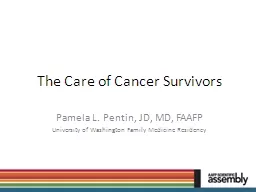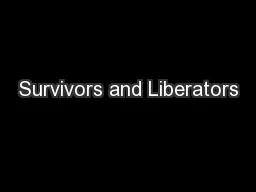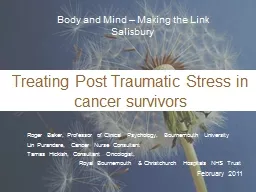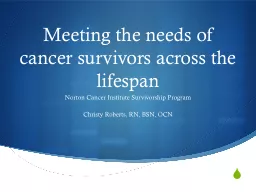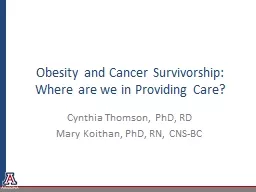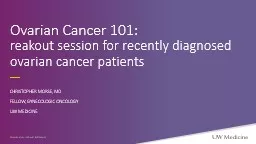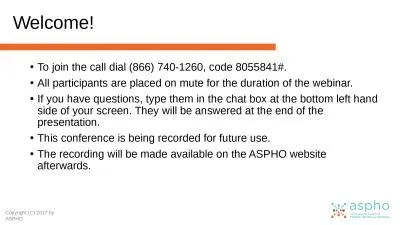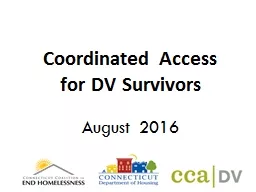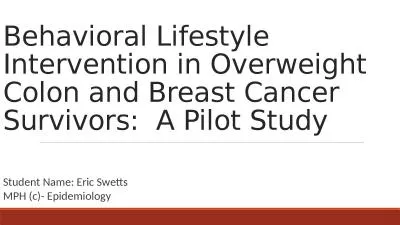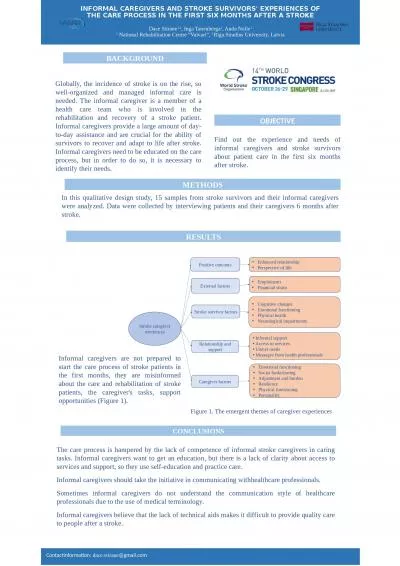PPT-The Care of Cancer Survivors
Author : giovanna-bartolotta | Published Date : 2020-04-04
Pamela L Pentin JD MD FAAFP University of Washington Family Medicine Residency General Principles Surveillance for recurrence of primary cancer Screening for development
Presentation Embed Code
Download Presentation
Download Presentation The PPT/PDF document " The Care of Cancer Survivors" is the property of its rightful owner. Permission is granted to download and print the materials on this website for personal, non-commercial use only, and to display it on your personal computer provided you do not modify the materials and that you retain all copyright notices contained in the materials. By downloading content from our website, you accept the terms of this agreement.
The Care of Cancer Survivors: Transcript
Download Rules Of Document
" The Care of Cancer Survivors"The content belongs to its owner. You may download and print it for personal use, without modification, and keep all copyright notices. By downloading, you agree to these terms.
Related Documents

